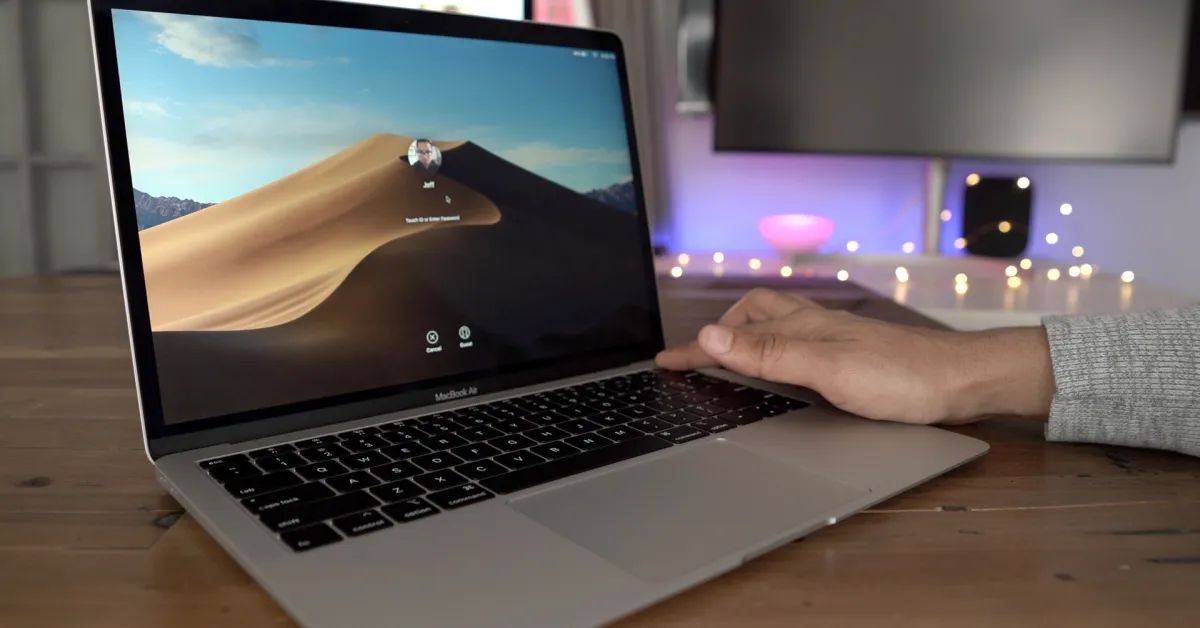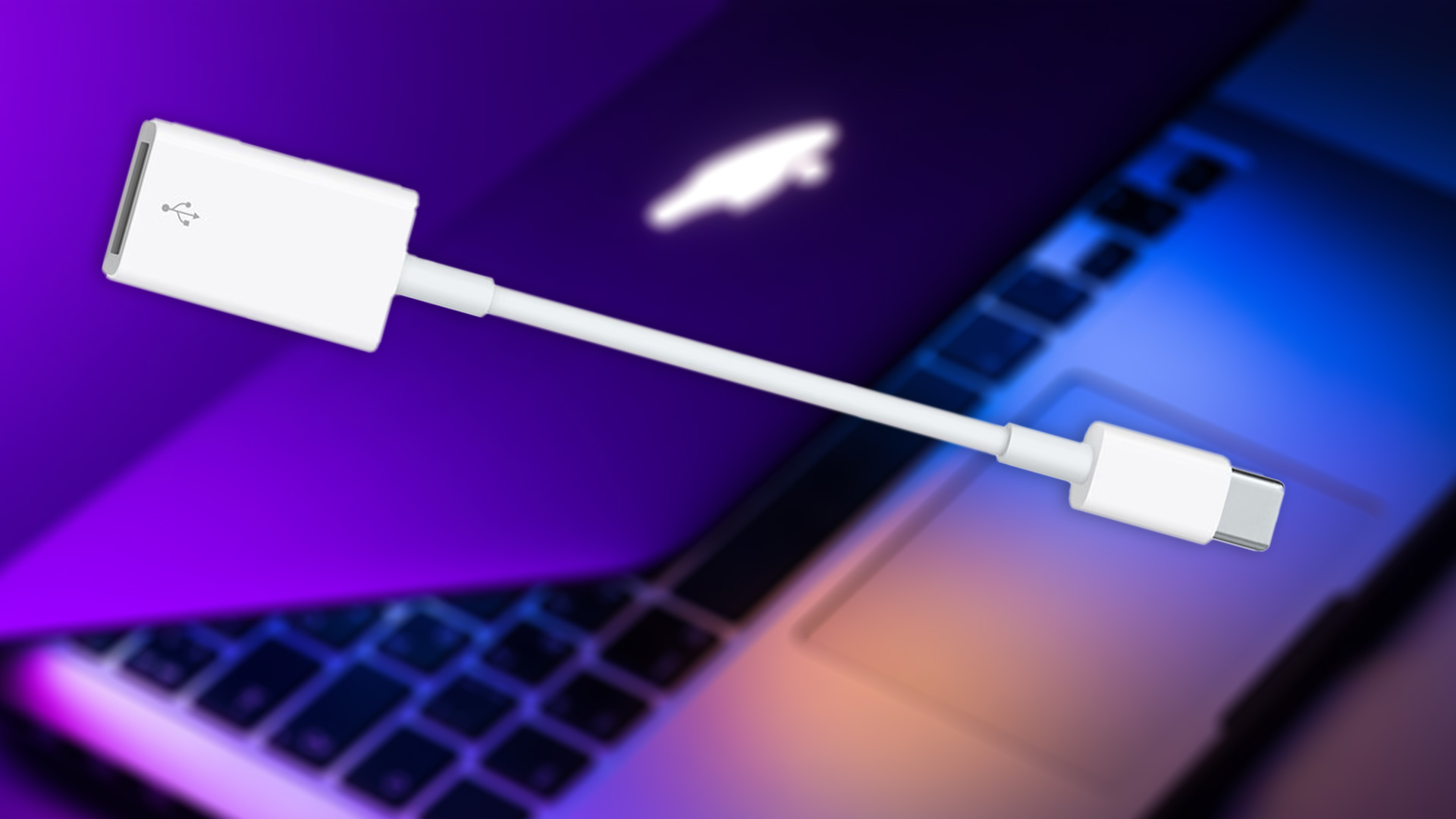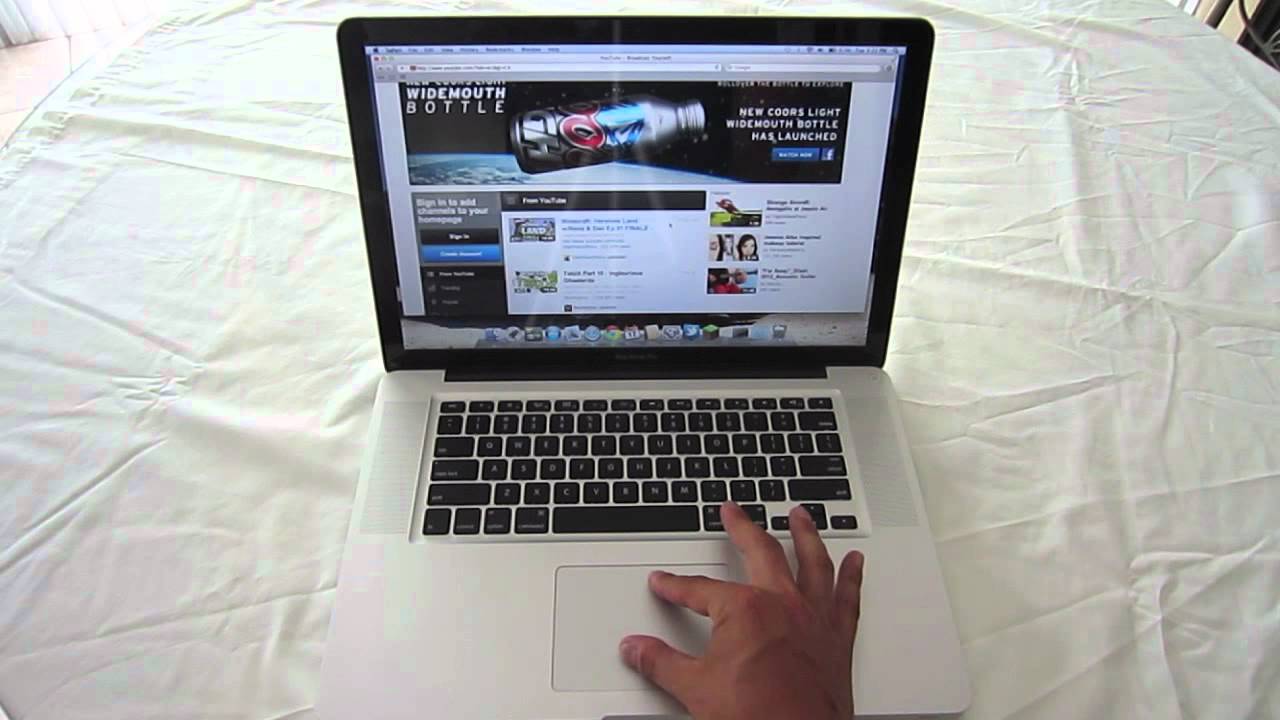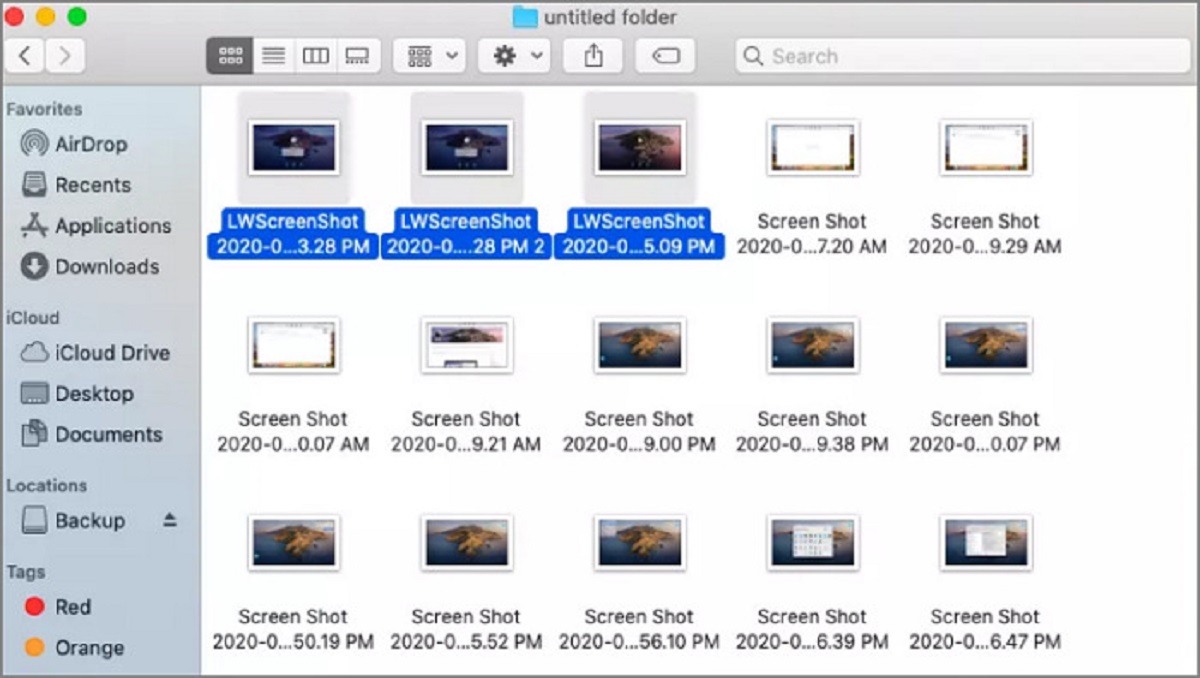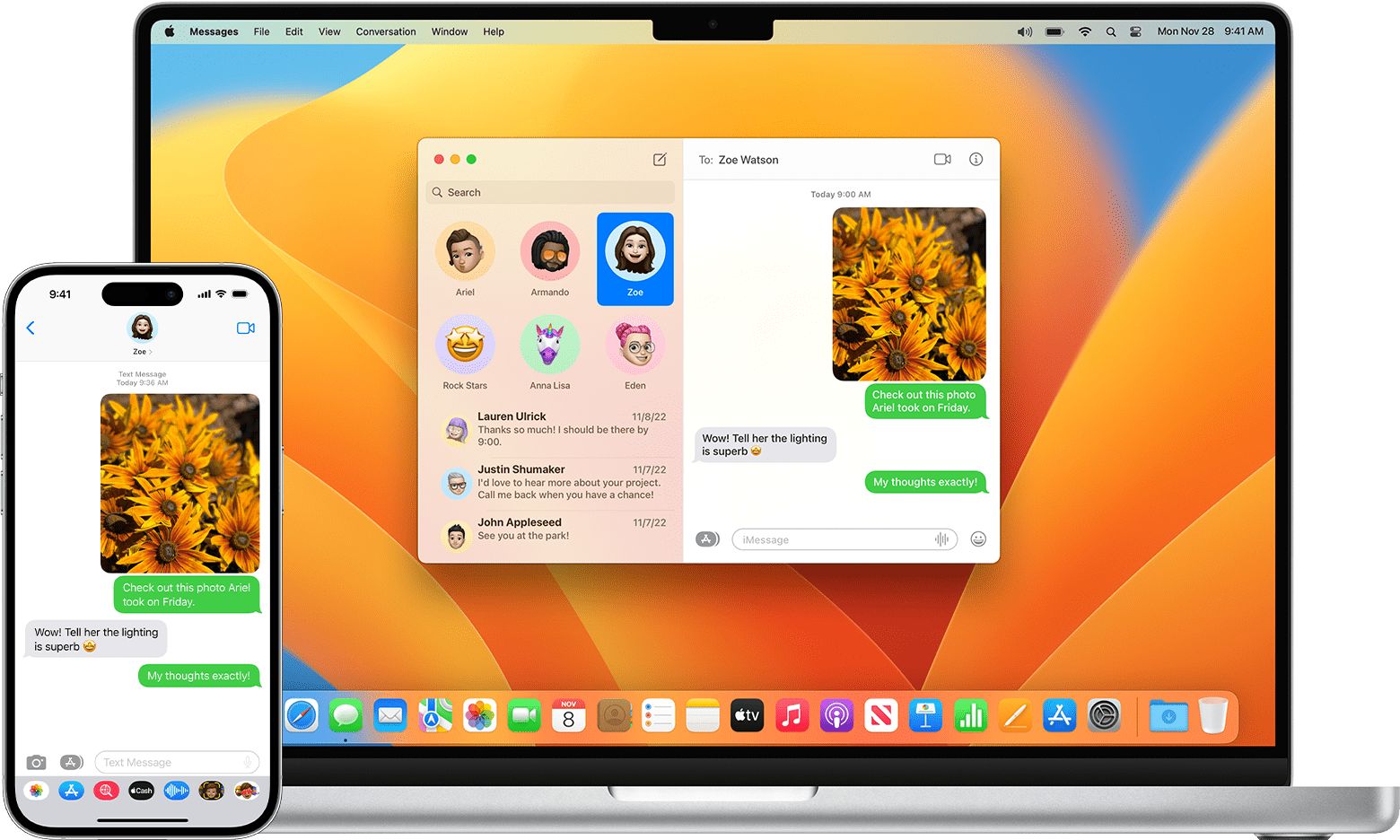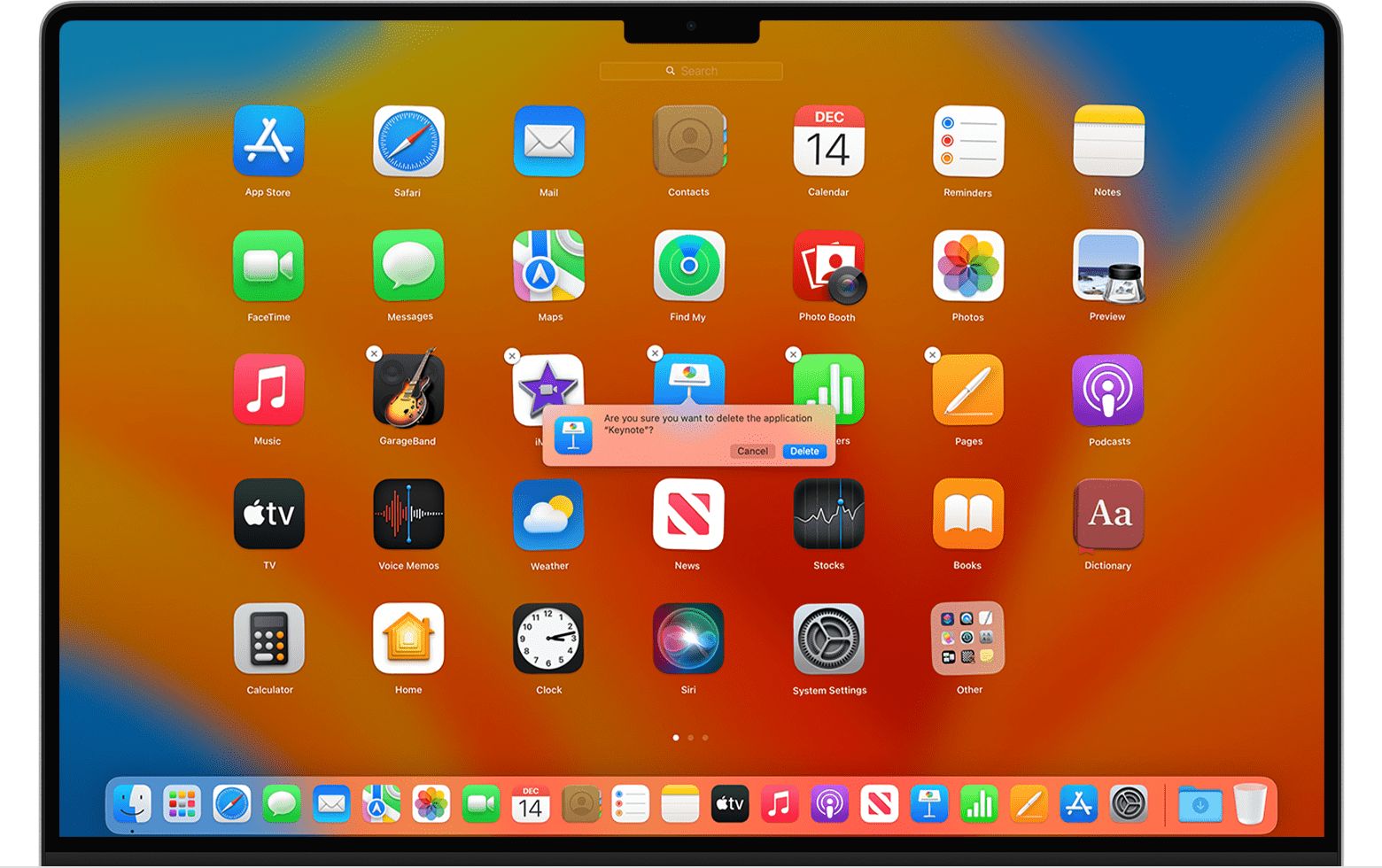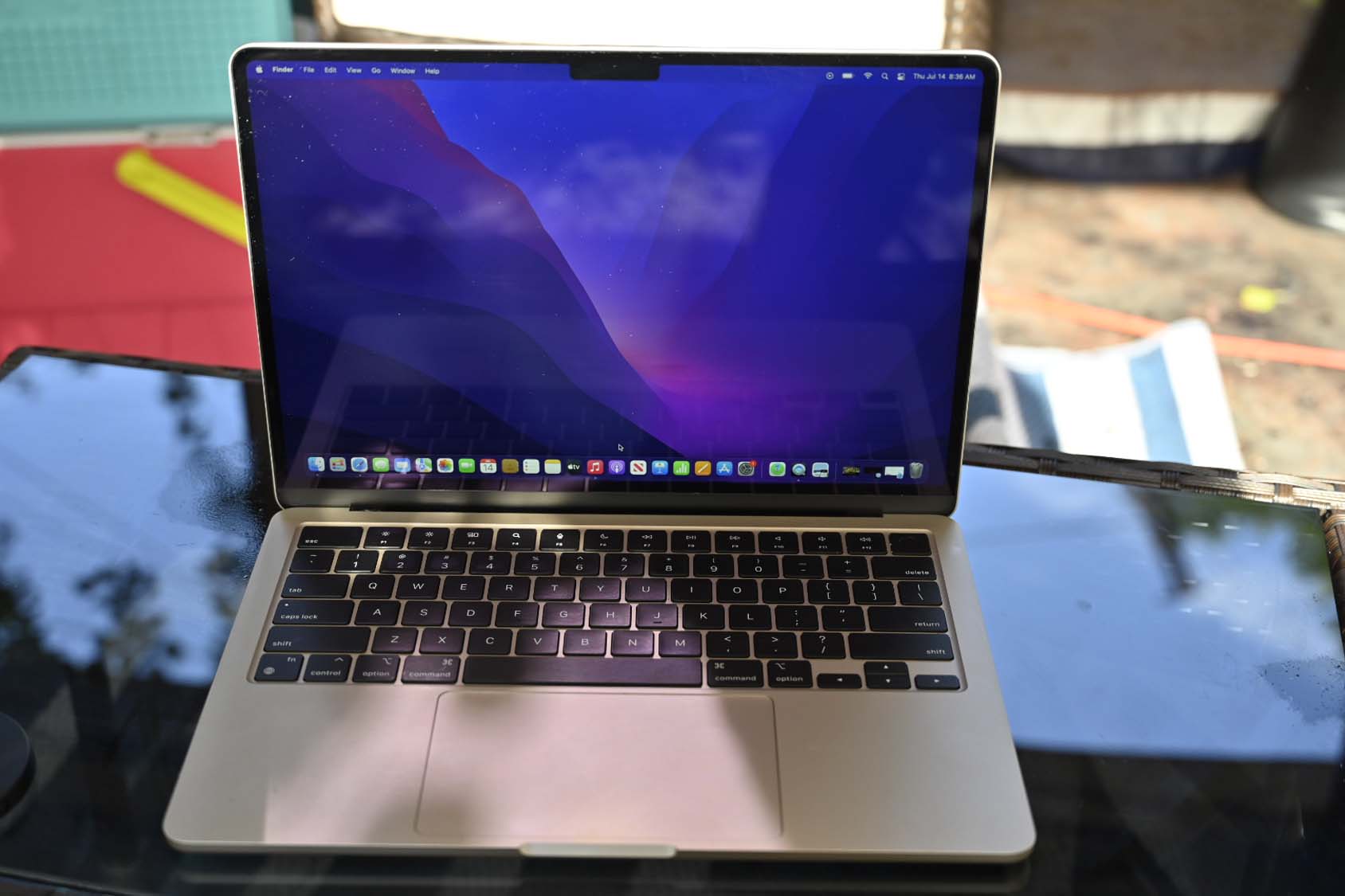Introduction
Using a MacBook Pro offers a sleek and intuitive computing experience. However, if you’re new to the Apple ecosystem, you may be wondering how to perform a right-click, as the MacBook Pro trackpad lacks a physical right-click button. Don’t worry, though! In this article, we’ll guide you through various methods to enable right-click on your MacBook Pro, allowing you to access context menus and perform additional actions with ease.
Whether you need to right-click to copy and paste, access options in applications, or perform various other functions, you’ll find the solution that works best for you. We’ll cover both built-in options as well as external devices like a mouse or trackpad. So, let’s dive in and explore the different methods to enable right-click on your MacBook Pro.
Before we begin, it’s important to note that the instructions may vary slightly depending on your MacBook Pro model and the version of macOS you are using. However, the general principles and settings should remain the same, so you should be able to adapt these methods to your specific setup.
Enable Right-Click on MacBook Pro
If you’re using a MacBook Pro, the first step is to enable the right-click function. By default, Apple configures the trackpad to perform a single click for all actions. However, there are several ways to enable right-click functionality. Let’s explore these options:
1. Using the Secondary Click: Apple provides a built-in feature known as “Secondary Click” that allows you to activate the right-click function. To enable it, go to “System Preferences” from the Apple menu, then click on “Trackpad.” In the Trackpad settings, navigate to the “Point & Click” tab and select the “Secondary click” checkbox. From the drop-down menu, choose either “Click in bottom right corner” or “Click in bottom left corner” depending on your preference.
2. Using the Two-Finger Click: Alternatively, you can enable the right-click function by using a two-finger click gesture. This method is especially useful if you find it more intuitive to use two fingers instead of a physical button. To enable the two-finger click, go to “System Preferences,” then click on “Trackpad.” In the Trackpad settings, navigate to the “Point & Click” tab and select the “Tap to click” checkbox. This will activate the two-finger click, allowing you to perform a right-click by tapping the trackpad with two fingers simultaneously.
3. Using the Control Key: Another option to enable right-click on your MacBook Pro is by using the Control key in combination with a regular click. To do this, go to “System Preferences,” then click on “Trackpad.” In the Trackpad settings, navigate to the “Point & Click” tab and select the “Click with Control key” checkbox. With this setting enabled, you can perform a right-click by clicking on the trackpad while holding down the Control key on your keyboard.
4. Using an External Mouse or Trackpad: If you prefer a more traditional approach, you can connect an external mouse or trackpad to your MacBook Pro. Most mice and trackpads designed for use with MacBooks have a dedicated physical right-click button. Simply connect the device to your MacBook Pro via USB or Bluetooth, and you’ll be able to right-click just like you would on a regular computer.
5. Using Keyboard Shortcuts: In addition to the trackpad or external devices, you can also use keyboard shortcuts to access right-click functionality. Pressing the control key while clicking on an item or selecting text will bring up the context menu, providing you with the options associated with a right-click.
By utilizing one or more of these methods, you can enable the right-click function on your MacBook Pro and enjoy the convenience and efficiency it brings to your daily tasks. Experiment with different options to find the one that feels most comfortable for you and enhances your productivity.
Method 1: Using the Secondary Click
The first method to enable right-click on your MacBook Pro is by using the Secondary Click feature provided by Apple. This feature allows you to activate the right-click function by clicking in a specific area of the trackpad. Here’s how to enable and use the Secondary Click:
- Open the “System Preferences” by clicking on the Apple menu in the top-left corner of the screen and selecting “System Preferences.”
- In the System Preferences window, click on “Trackpad.”
- Go to the “Point & Click” tab within the Trackpad settings.
- Check the box next to “Secondary click” to enable the feature.
- Choose one of the available options from the drop-down menu, either “Click in the bottom right corner” or “Click in the bottom left corner.”
With the Secondary Click feature enabled, you can now perform a right-click action on your MacBook Pro trackpad. To do so, place your finger on the trackpad and click in the designated area that you selected in the settings. This will bring up the context menu, displaying additional options and actions related to the item you’re clicking on.
Using the Secondary Click is a convenient way to simulate a traditional right-click without the need for a physical button. It provides a seamless and intuitive experience, allowing you to access context menus and perform various actions in applications and system settings.
It’s worth noting that you can adjust the sensitivity of the trackpad to your liking. If you find the click feels too sensitive or requires too much pressure, you can fine-tune it by adjusting the “Click pressure” or “Tracking speed” settings in the Trackpad preferences.
Experiment with the Secondary Click feature and familiarize yourself with its functionality. It may take a bit of practice to get used to the precise location and pressure needed for the right-click action, but once you become comfortable, it will become second nature.
Method 2: Using the Two-Finger Click
If you prefer a more gesture-based approach, you can enable right-click on your MacBook Pro by using the Two-Finger Click feature. This method allows you to perform a right-click by tapping the trackpad with two fingers simultaneously. Here’s how you can enable and use the Two-Finger Click:
- Open the “System Preferences” by clicking on the Apple menu in the top-left corner of the screen and selecting “System Preferences.”
- In the System Preferences window, click on “Trackpad.”
- Go to the “Point & Click” tab within the Trackpad settings.
- Check the box next to “Tap to click” to enable the Two-Finger Click feature.
With the Two-Finger Click feature enabled, you can now perform a right-click action on your MacBook Pro trackpad. To do so, place two fingers on the trackpad and gently tap it once. This gesture will trigger the right-click function, displaying the context menu with additional options related to the item you’re clicking on.
The Two-Finger Click offers a natural and fluid way to access right-click functionality. It mimics the behavior of physically pressing a button with two fingers, providing a familiar and intuitive experience for users. It’s a convenient option if you enjoy using gestures and prefer a touch-based interaction with your MacBook Pro.
Keep in mind that you can customize the sensitivity of the Two-Finger Click to suit your preferences. If you find it too sensitive or not sensitive enough, you can adjust the “Tracking speed” setting in the Trackpad preferences. Experiment with different settings until you find the right balance that feels comfortable for you.
Once you become accustomed to using the Two-Finger Click, you’ll be able to perform right-click actions effortlessly. It’s a handy method that allows you to navigate through applications, access context menus, and perform various actions with ease.
Now that you know how to enable and use the Two-Finger Click, give it a try and experience the convenience and efficiency it brings to your MacBook Pro workflow.
Method 3: Using the Control Key
If you prefer using keyboard shortcuts and modifiers, you can enable right-click on your MacBook Pro by utilizing the Control key in combination with a regular click. This method allows you to perform a right-click action by clicking on the trackpad while holding down the Control key on your keyboard. Here’s how you can enable and use the Control key for right-click:
- Open the “System Preferences” by clicking on the Apple menu in the top-left corner of the screen and selecting “System Preferences.”
- In the System Preferences window, click on “Trackpad.”
- Go to the “Point & Click” tab within the Trackpad settings.
- Check the box next to “Click with Control key” to activate the Control key for right-click.
With the Control key setting enabled, you can now perform a right-click action on your MacBook Pro. Simply place your finger on the trackpad and perform a regular click while holding down the Control key on your keyboard. This will trigger the right-click function and display the context menu, allowing you to access additional options and actions associated with the item you’re clicking on.
Using the Control key for right-click is a convenient method if you’re already accustomed to using keyboard shortcuts and modifiers. It allows for a seamless integration with your typing workflow, providing quick access to context menus without the need for additional gestures or clicks.
It’s important to note that some applications may have specific keyboard shortcuts that override the Control key for right-click. In such cases, you may need to consult the application’s documentation or preferences to determine the alternative method for accessing the right-click functionality.
By utilizing the Control key for right-click, you can enhance your productivity and streamline your workflow on your MacBook Pro. It offers a reliable and efficient way to access context menus and perform various actions with ease and speed.
Now that you know how to enable and use the Control key for right-click, give it a try and experience the convenience it brings to your MacBook Pro computing experience.
Method 4: Using an External Mouse or Trackpad
If you prefer a more traditional approach to right-clicking, you can enable right-click on your MacBook Pro by using an external mouse or trackpad. Many mice and trackpads designed for use with MacBooks come equipped with a dedicated physical right-click button. By connecting an external device to your MacBook Pro, you’ll be able to right-click just like you would on a regular computer. Here’s how you can use an external mouse or trackpad for right-click:
- Ensure that your external mouse or trackpad is connected to your MacBook Pro via USB or Bluetooth.
- If necessary, install any drivers or software that may be required for your specific device.
- Once your device is connected and recognized by your MacBook Pro, simply perform a right-click using the dedicated right-click button on the mouse or trackpad.
When using an external mouse or trackpad, the right-click functionality will work just as it does on other computers. This method provides an intuitive and familiar experience, particularly for individuals who are used to using a physical right-click button.
It’s worth noting that some external mice or trackpads may have additional customization options or settings that allow you to adjust the behavior of the right-click button. Consult the documentation or manufacturer’s website for more information on how to customize the right-click functionality to suit your preferences.
Using an external mouse or trackpad for right-click offers a convenient solution for those who prefer the tactile feedback of a physical button or those who require precision in their navigation. Additionally, it can be particularly useful for tasks that require more precise control, such as graphic design or gaming.
By connecting an external mouse or trackpad to your MacBook Pro, you can easily perform right-click actions and enjoy a more traditional computing experience. It’s a practical and straightforward method that allows you to access context menus and perform various actions as you would on any other computer.
Now that you know how to use an external mouse or trackpad for right-click on your MacBook Pro, give it a try and experience the convenience it brings to your workflow.
Method 5: Using Keyboard Shortcuts
Another method for enabling right-click on your MacBook Pro is by utilizing keyboard shortcuts. This option allows you to access right-click functionality without using the trackpad or external devices. By pressing a combination of keys, you can bring up the context menu and access additional options and actions associated with the item you’re interacting with. Here’s how you can use keyboard shortcuts for right-click:
1. First, position the cursor on the desired item or select the text you want to perform a right-click action on.
2. Press and hold the Control key on your MacBook Pro keyboard.
3. While holding the Control key, click (or tap) on the trackpad or the mouse button.
Performing this keyboard shortcut combination simulates a right-click, and it will bring up the context menu for the selected item or text. You can then use the arrow keys or the trackpad to navigate through the options and select the action you wish to perform.
Using keyboard shortcuts for right-click provides a fast and efficient way to access the context menu without the need to physically interact with the trackpad or connect an external device. It is particularly useful for individuals who prefer using the keyboard for navigation or those who require quick access to the right-click functionality.
It’s important to note that some applications may have specific keyboard shortcuts that override the general Control key combination. In such cases, you may need to consult the application’s documentation or preferences to determine the alternative method for accessing the right-click functionality.
By using keyboard shortcuts for right-click on your MacBook Pro, you can streamline your workflow and perform actions more efficiently. It’s a versatile method that is well-suited for individuals who prefer keyboard-centric navigation or those who require accessibility options.
Now that you know how to use keyboard shortcuts for right-click, give it a try and experience the convenience and speed it brings to your computing experience on your MacBook Pro.
Troubleshooting Right-Click Issues
While enabling right-click on your MacBook Pro is usually a straightforward process, you may encounter some issues or challenges along the way. In this section, we’ll explore some troubleshooting steps you can take if you’re experiencing problems with right-clicking. Here are a few common issues and their potential solutions:
1. Right-click not working: If you’re unable to perform a right-click using any of the methods described earlier, try restarting your MacBook Pro. Sometimes, a simple restart can resolve temporary glitches or conflicts that may be preventing the right-click function from functioning correctly.
2. Inconsistent right-click: If your right-click action is not consistent, such as working sometimes but not others, it could be due to sensitivity settings. Adjust the trackpad sensitivity in the “Point & Click” tab of the Trackpad settings within the System Preferences. You can also experiment with different pressure levels or tracking speeds to find a setting that works reliably for you.
3. External mouse or trackpad issues: If you’re using an external mouse or trackpad and experiencing problems with right-clicking, try checking the device’s connection. Ensure that it is properly connected via USB or Bluetooth and that the device’s batteries, if applicable, have sufficient charge. If the issue persists, try reconnecting the device or using it with another computer to determine if the problem lies with the mouse or trackpad itself.
4. Software conflicts: Sometimes, certain software or settings on your MacBook Pro may interfere with the right-click function. One potential solution is to reset your trackpad settings to their default values. To do this, go to the “Point & Click” tab within the Trackpad settings and click on the “Restore Defaults” button.
5. Update macOS: Ensure that you have the latest version of macOS installed on your MacBook Pro. Apple regularly releases updates to address bugs and improve system stability. Updating your operating system to the latest version may resolve any right-click issues you’re experiencing.
If you’ve followed these troubleshooting steps and are still encountering right-click issues on your MacBook Pro, it may be helpful to reach out to Apple Support or visit an authorized service provider for further assistance. They can provide additional guidance and help diagnose and resolve any underlying hardware or software problems.
Remember, everyone’s MacBook Pro setup may differ slightly, so the specific solutions to right-click issues may vary. However, by following these general troubleshooting steps, you should be able to overcome most common problems and get your right-click functionality working smoothly again.
Conclusion
Enabling right-click on your MacBook Pro is essential for accessing context menus and performing various actions with ease. In this article, we’ve explored several methods to enable right-click on your MacBook Pro, including using the Secondary Click, Two-Finger Click, Control Key, an external mouse or trackpad, and keyboard shortcuts.
By utilizing these methods, you can choose the approach that best suits your preferences and workflow. Whether you prefer the precision of a physical button, the convenience of gestures, the familiarity of keyboard shortcuts, or the versatility of external devices, there is a method that will cater to your needs.
Remember to experiment with different settings and options to find the configuration that works best for you. Adjust the sensitivity of the trackpad, customize the behavior of external devices, and explore advanced settings specific to your applications to enhance your overall right-click experience.
If you encounter any issues with right-clicking, such as a non-responsive trackpad or inconsistent functionality, troubleshooting steps such as restarting your MacBook Pro, adjusting sensitivity settings, checking hardware connections, resetting trackpad settings, or updating macOS can help resolve the problem.
By enabling right-click on your MacBook Pro and becoming familiar with the various methods available, you can navigate through applications, access context menus, and perform actions efficiently and intuitively.
So go ahead, enable right-click on your MacBook Pro, and take advantage of the convenience and flexibility it offers. Improve your productivity, streamline your workflow, and enjoy a seamless computing experience on your Apple device.







